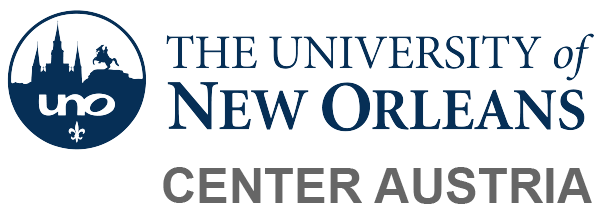Volume 17: New Perspectives on Austria and WWII
For more than a generation after World War II, official government doctrine and many Austrians insisted they had been victims of Nazi aggression in 1938 and, therefore, bore no responsibility for German war crimes. During the past twenty years this myth has been revised to include a more complex past, one with both Austrian perpetrators and victims.
Part one describes soldiers from Austria who fought in the German Wehrmacht, a history only recently unearthed. Richard Germann covers units and theaters Austrian fought in, while Thomas Grischany demonstrates how well they fought. Ela Hornung looks at case studies of denunciation of fellow soldiers, while Barbara Stelzl-Marx analyzes Austrian soldiers who were active in resistance at the end of the war.
Stefan Karner summarizes POW treatment on the Eastern front. Part two deals with the increasingly difficult life on the Austrian homefront. Fritz Keller takes a look at how Vienna survived growing food shortages. Ingrid Bohler takes a rare look at life in small-town Austria. Andrea Strutz analyzes narratives of Jewish refugees forced to leave for the United States.
Peter Ruggenthaler and Philipp Lesiak examine the use of slave laborers. And Brigitte Kepplinger summarizes the Nazi euthanasia program. The third part deals with legacies of the war, particularly postwar restitution and memory issues. Based on new sources from Soviet archives, Nikita Petrov describes the Red Army liberation. Winfried Garscha analyzes postwar war crimes trials against Austrians. Brigitte Bailer-Galanda and Eva Blimlinger present a survey of postwar restitution of property. And Heidemarie Uhl deals with Austrian memories of the war.

